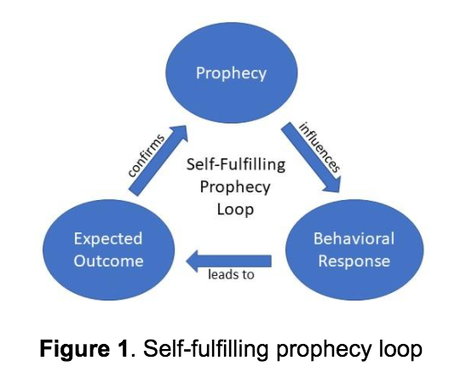"Compare - We need to be able to compare our data visualizations side by side. We can't hold the details of our data visualizations in our memory - shift the burden of effort to our eyes....Explore - Data visualization tools should let us just look. Not just to answer a specific question, but to explore data and discover things....Ask why - More than knowing "what's happening", we need to know "why it's happening". This is where actionable results come from.Be skeptical - We too rarely question the answers we get from our data because traditional tools have made data analysis so hard. We accept the first answer we get simply because exploring any further is tool hard."
Depois assisti a este webinar "The Seven Ingredients in Every Great Chart" por Nick Desbarats. Acerca do terceiro ingrediente:
"when we're creating a chart we're trying to find the overall best way of visualizing the data but that's not enough, you also have to know what you're trying to say about the data
...
this is something that a lot of people don't understand is that designing a chart without knowing specifically what insight or what answer we're trying to communicate about the data it's like designing a building without knowing what it's for right is it going to be condos or a hospital or a warehouse or you know hotel because obviously the purpose of the building is going to influence its design significantly right and a lot of people just think oh i look at the data and i figure out the best way to visualize the data without ever thinking about what am i trying to say about the data but as we just saw if you haven't figured out what you're trying to say about the data well essentially"
Complementado com este artigo "The biggest misconception in data visualization":
"That’s the harsh reality of data visualization that few people seem to realize: Charts never ‘show the data’, they always just say a few specific things about the data. Different ways of visualizing the same dataset make different insights about that data more obvious, less obvious, and not visible at all. Yes, it would be awesome if we could make charts that ‘just show the data’, i.e., that make all possible insights obvious or that answer all possible questions that readers might have about the data, but those charts don’t exist.
“Why not?”
Well, if we try to create a chart that makes all possible insights obvious or that answers all possible questions that readers might have about the data, we’ll always end up with a ‘spaghetti chart’"
E ainda acerca do uso de tabelas para mostrar os dados
"Well, tables do ‘just show the data’ without saying anything about the data. Indeed, tables don’t make any insights obvious at all.
...
Tables are also many times slower to consume than graphs and require a lot more cognitive effort to process, which substantially increases the risk that readers won’t get the insights they need from a table—or will just skip over it altogether—because it requires too much cognitive effort to consume. In most situations, then, saying a few things about the data (i.e., showing a graph) is far more useful than saying nothing about the data (i.e., showing a table)."








































